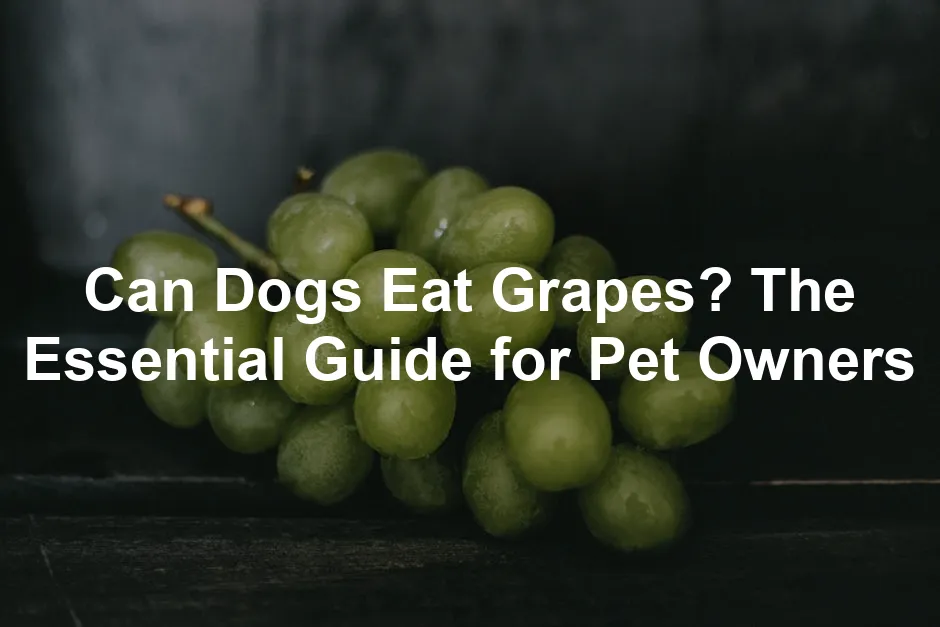Introduction
In the world of pet ownership, there’s nothing more disheartening than watching your furry friend eyeing your snack, only to realize it’s something they shouldn’t eat. Grapes, those seemingly innocent little fruits, have garnered a notorious reputation among dog lovers. But can dogs really eat grapes? Spoiler alert: the answer is a resounding no!
Grapes and their dried counterparts, raisins, are highly toxic for dogs. This toxicity can lead to severe kidney damage, which can escalate quickly. The exact reason why grapes are toxic remains a mystery, but research points toward substances like tartaric acid and other components that dogs cannot metabolize.
Even a single grape can be fatal for some dogs. Size, age, and breed may play a role in how a dog reacts, but the unpredictability of grape toxicity makes it a serious concern. Symptoms of poisoning can include vomiting, diarrhea, and lethargy. In severe cases, kidney failure can occur, which is as grim as it sounds.
So, what should you do if your pup indulges in this forbidden fruit? First, stay calm! Immediate veterinary consultation is crucial. Prompt treatment can be life-saving, and knowing the signs of toxicity can help you act quickly.
Prepare to arm yourself with knowledge that could save your dog’s life—and get ready to keep those grapes far from curious canine noses! Understanding these risks ensures that your beloved pet remains safe and healthy. Let’s get to the facts and keep our four-legged friends safe from this potential hazard!

What Makes Grapes Toxic to Dogs?
The Toxic Component
Grapes are a real no-go for dogs. The main culprit? Tartaric acid. Research shows this compound lurks within grapes and wreaks havoc on our canine companions. When ingested, tartaric acid can lead to kidney failure. Yes, you read that right! This toxic substance messes with kidney function, causing them to shut down faster than a computer with a virus.
Why is this a big deal? Well, kidney failure is serious business. It can escalate quickly, leading to dehydration, nausea, and, in the worst-case scenario, even death. Some studies indicate that even a tiny grape can send a dog’s system into chaos. While the exact mechanism of toxicity is still being studied, tartaric acid is a strong contender. It’s time to put those grapes back in the fruit bowl!
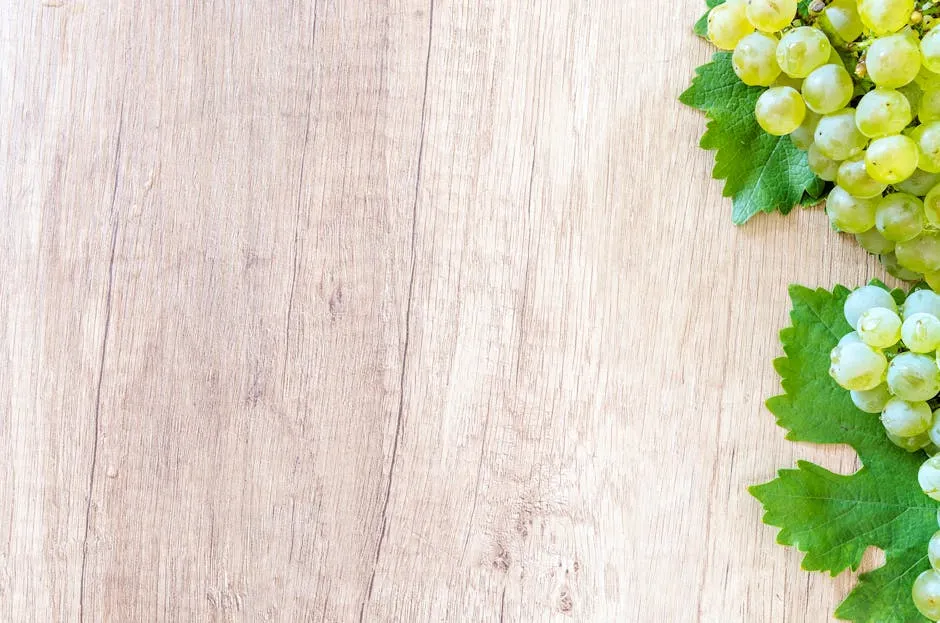
Individual Sensitivity
Not all dogs react the same way to grapes. This unpredictability keeps pet owners on their toes! Some pups may chow down on a grape and show no symptoms, while others might end up in the vet’s office faster than you can say “grape toxicity.”
Breeds, ages, and even individual health can influence reactions. For instance, a small dog may suffer severe consequences from just one grape, while a large breed might seem unaffected. Research indicates that younger dogs may be more susceptible. This unpredictability makes it tricky to determine how harmful grapes can be.
Studies reveal wide-ranging reactions among different breeds. So, while your friend’s dog might be fine after nibbling a grape, your furball could be in big trouble. It’s a gamble no dog owner should take! Always err on the side of caution and keep grapes out of reach.

Symptoms of Grape Poisoning
Initial Symptoms
The warning signs of grape poisoning can appear quickly. Early symptoms include vomiting, diarrhea, and lethargy. Imagine your pup going from playful to a couch potato in a matter of hours. That’s the reality of grape toxicity.
You might notice them losing interest in their favorite toys or treats. Increased thirst may also be a red flag. Dogs can start to drink water like they just ran a marathon. If you catch these symptoms early, it’s crucial to act fast. Time is of the essence when dealing with potential poisoning!
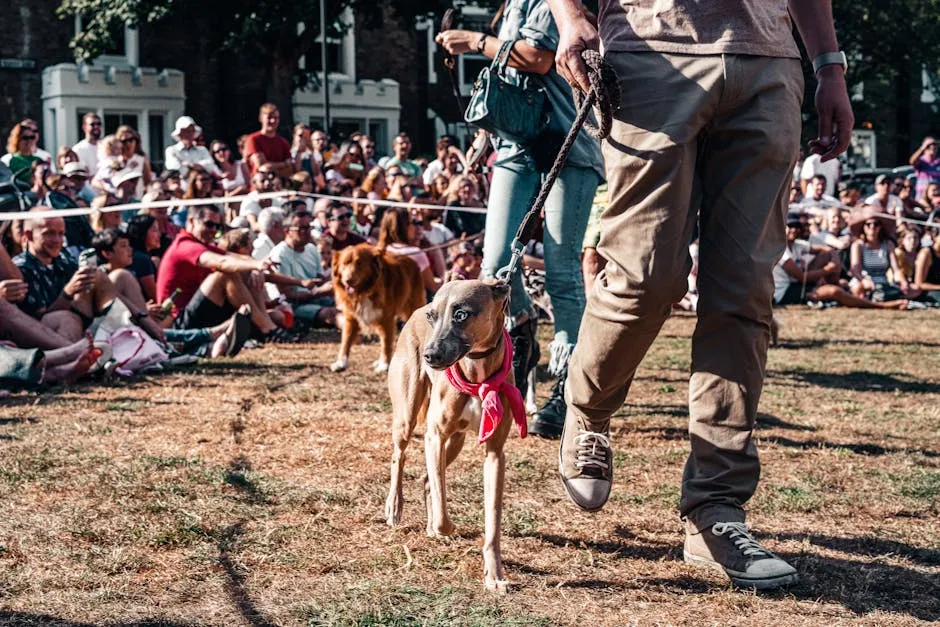
Severe Symptoms
If you ignore those initial symptoms, things can take a turn for the worse. Within 12 to 24 hours post-ingestion, severe symptoms can surface, including dehydration, abdominal pain, and kidney failure. Your once-happy pup could be in for a rough ride.
Dehydration might manifest as dry gums or excessive panting. Abdominal pain can make your dog restless and uncomfortable, while kidney failure leads to a drastic decrease in urine output. If you spot any of these severe symptoms, don’t wait! Contact your veterinarian immediately. The sooner you act, the better the chances of recovery.
Grape toxicity isn’t something to ignore. With prompt action, many dogs can bounce back from this potentially deadly situation. Always keep a watchful eye on your furry friend, especially when it comes to sneaky snacks!
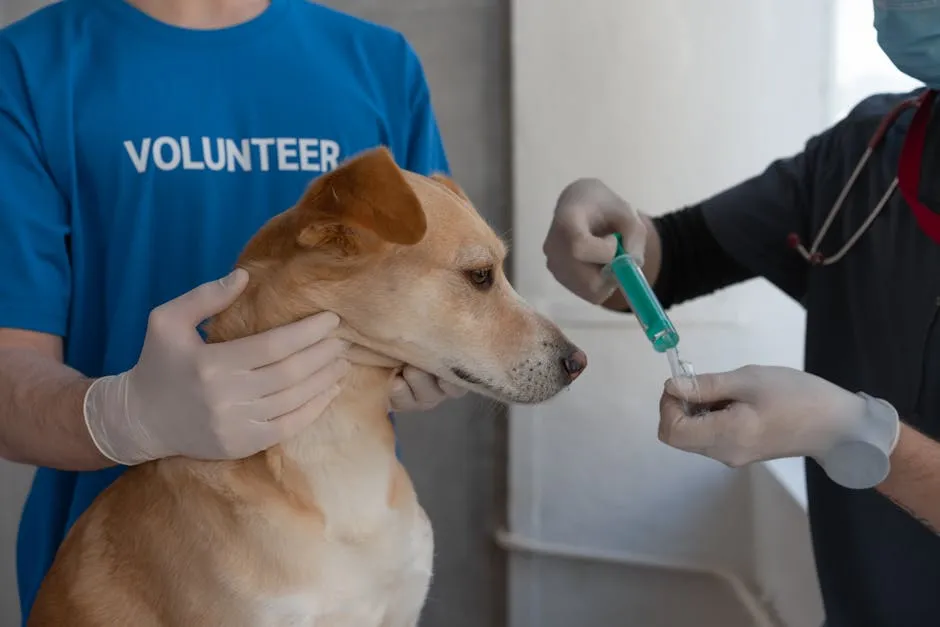
What to Do if Your Dog Eats Grapes
Immediate Steps
If your dog has eaten grapes, don’t panic! First, take a deep breath. It’s essential to act quickly. Here’s a step-by-step guide:
- Assess the Situation: Determine how many grapes your dog consumed. Keep in mind that even a small amount can be harmful.
- Stay Calm: Your dog can sense your anxiety. Staying composed will help you think clearly.
- Call Your Vet or Poison Control: Contact your veterinarian or a poison control center immediately. They can provide tailored advice based on your dog’s size and the amount ingested.
- Do Not Induce Vomiting: Unless directed by a veterinarian, do not attempt to induce vomiting at home. This could complicate the situation or cause additional harm.
- Observe Your Dog: Watch for any symptoms, such as vomiting, diarrhea, or lethargy. Take notes to share with the vet.
- Prepare for a Vet Visit: If advised to bring your dog in, gather any relevant information, like the time of ingestion and the number of grapes eaten.
Timely communication with your vet is crucial. Grapes can cause serious kidney damage, and immediate intervention can save your dog’s life.
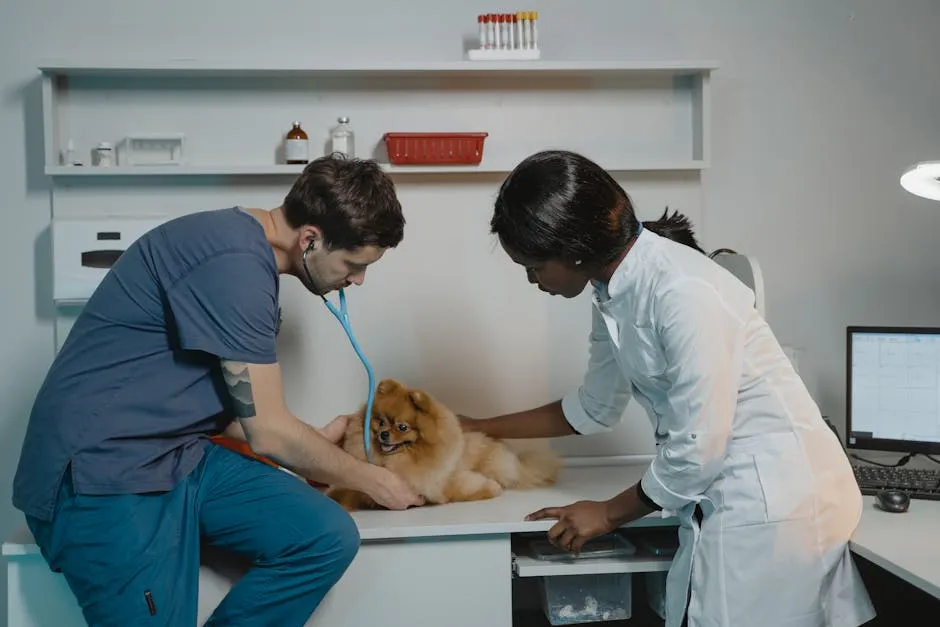
Possible Veterinary Treatments
Your veterinarian will likely take swift action. Here are common treatments they may provide:
- Inducing Vomiting: If your dog has eaten grapes within the last few hours, the vet may induce vomiting. This helps remove the grapes from the stomach before they can cause harm.
- Activated Charcoal: After vomiting, activated charcoal may be administered. This helps absorb any remaining toxins in the intestines, reducing the risk of kidney damage.
- Intravenous Fluids: Your dog might receive IV fluids to support kidney function and prevent dehydration. Fluids help flush out toxins from the system.
- Monitoring: Your vet will monitor your dog for signs of kidney damage. This may involve blood tests and urinalysis to assess kidney function.
Timely intervention is critical. The sooner treatment begins, the better the chances of recovery. Remember, there is no antidote for grape poisoning; prompt medical attention is key to minimizing harm and ensuring your furry friend’s safety.
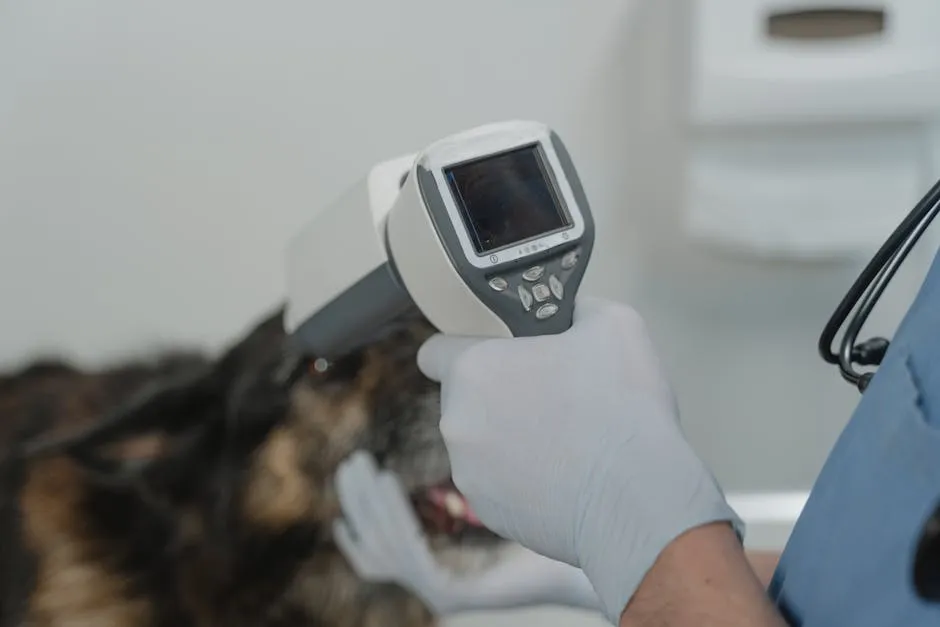
Foods That Contain Grapes
Hidden Dangers
Grapes can sneak into your dog’s diet through unexpected foods. Be vigilant! Here are some common culprits:
- Baked Goods: Cakes, cookies, and muffins may contain raisins or grape products.
- Trail Mix: Often mixed with nuts and other snacks, this can be a hidden source of danger.
- Cereals: Muesli and granola may include dried grapes or raisins.
- Protein Bars: Some protein bars contain raisins as a sweetener, posing risks to your pup.
Always read labels carefully! And while you’re at it, consider keeping your furry friend safe with a Dog First Aid Kit. It’s like a superhero for your pet in emergencies!
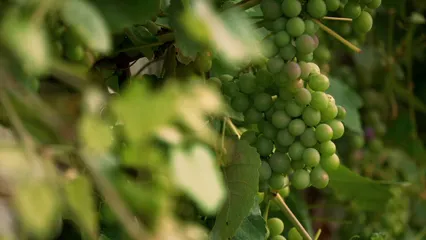
Awareness in Holiday Foods
During holidays, be extra cautious. Many festive treats often contain grapes or raisins. Here’s what to watch for:
- Fruitcake: A popular holiday dessert that often contains raisins or sultanas.
- Mince Pies: These sweet treats can be tempting but are dangerous for dogs.
- Hot Cross Buns: Often enjoyed during Easter, these buns are not safe for your furry friend.
Educating yourself and others about these hidden dangers will help keep your dog safe. Remember, when it comes to grapes, it’s best to avoid them entirely!
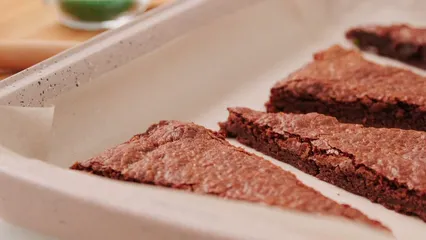
Prevention Tips for Dog Owners
Home Safety
First things first: keep grapes and grape products tucked away! Store them high up, where your furry friend can’t reach. This isn’t just about grapes; it applies to all dried fruits too. Ever found a rogue raisin in the pantry? It’s a sneaky little culprit! Seal all grape-containing snacks tightly. Consider using child-proof containers for added security. This way, you won’t be playing hide and seek with your dog’s health. Remember, an ounce of prevention is worth a pound of cure—especially when it comes to grape toxicity!
While you’re at it, consider investing in a Dog Training Clicker to ensure your pup is well-behaved and less likely to sneak a snack!
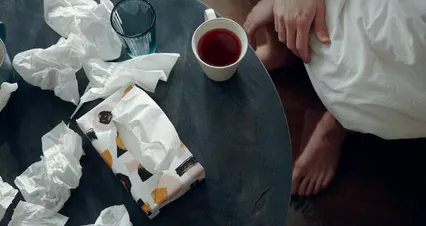
Educating Others
Spread the word! Make sure your family and friends are in the know about the dangers of feeding grapes to dogs. It’s not just about you; it’s a community effort! Share articles or even your personal experiences. Create a grape-free zone at gatherings. Trust me, that will save you from a potential grape disaster. The more people understand the risks, the better your dog’s chances of staying safe. Education can turn grape lovers into grape guardians!

Monitoring Children
Kids and snacks go together like peanut butter and jelly. However, when it comes to grapes, it’s essential to supervise closely! Ensure children understand not to share their snacks with the dog. Explain why grapes are a no-go for dogs. It can be as simple as, “Grapes are like kryptonite for dogs!” Encourage kids to enjoy their fruits away from pets. Be vigilant about cleaning up any fallen grapes or bits of fruit. After all, your dog might just be waiting for that golden opportunity to snag a forbidden treat.
And speaking of keeping your pup safe, consider a Dog Life Jacket if you’re heading to the water! Safety first, right?
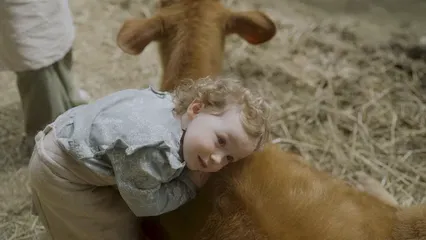
Conclusion
Understanding the dangers of grapes for dogs is crucial for any pet owner. By keeping grapes and grape-containing products out of reach, being aware of the symptoms of poisoning, and knowing what steps to take in case of ingestion, you can ensure your furry friend remains safe and healthy. Always remember: when it comes to grapes, it’s best to err on the side of caution. Your dog’s well-being is worth it! Taking these preventive measures will help create a safer environment for your beloved pet. Keep your home grape-free and educate those around you. Your proactive approach can make all the difference in protecting your cherished furry companion. If you suspect any exposure to grapes, don’t hesitate—seek veterinary advice immediately!

FAQs
Can a single grape kill a dog?
Yes, even one grape can be harmful. Grape toxicity is unpredictable. Some dogs may show no symptoms, while others could experience severe reactions. The amount that triggers toxicity varies widely. Factors like size, breed, and individual sensitivity complicate matters. Experts agree there’s no safe number of grapes. This means any ingestion should be taken seriously. If you suspect your dog has eaten grapes, reach out to a veterinarian immediately. It’s always better to be safe than sorry when it comes to our furry friends!
What are the symptoms of grape poisoning?
Symptoms of grape poisoning can vary but usually appear within 6 to 24 hours post-ingestion. Early signs include vomiting, diarrhea, and lethargy. Your dog might also show increased thirst or loss of appetite. If ignored, these initial symptoms can progress. Severe kidney damage can lead to abdominal pain, dehydration, and even changes in urination. Bad breath may develop, and in extreme cases, your pooch could collapse. Recognizing these symptoms early is crucial for your dog’s health. Always consult your vet if you notice any of these signs.
What should I do if my dog ate grape jelly?
Grape jelly poses potential risks too. While it might not be as toxic as whole grapes, it can still be harmful. Many grape jellies contain concentrated grape extracts, which could lead to toxicity. If your dog has ingested grape jelly, monitor them closely for any symptoms of distress. It’s a good idea to contact your veterinarian for advice. They may recommend a visit or suggest monitoring your dog’s behavior. Always err on the side of caution when it comes to your dog’s health!
Are other fruits safe for dogs?
Yes, many fruits are safe and healthy for dogs! Here are some dog-friendly options to consider: Apples (without seeds), Bananas, Blueberries, Strawberries, Watermelon, Pineapple, Cranberries. These fruits are not only safe but also packed with vitamins and antioxidants. Just be sure to introduce new fruits gradually and in moderation. Always remove any seeds or pits, as they can be harmful. Your dog will appreciate the tasty treats!
How can I ensure my dog doesn’t accidentally eat grapes?
Preventing accidental grape ingestion requires vigilance! Here are some helpful tips: Educate Family Members: Make sure everyone knows that grapes are off-limits. Secure Food Items: Store grapes and grape products in high cabinets or locked containers. Monitor Interactions: Keep an eye on your dog when children are snacking. Clean Up Carefully: Be diligent about cleaning up any fallen fruit or snacks. Create Awareness: Talk to friends and family about the risks and ensure they don’t feed your dog grapes. With these precautions, you can help protect your furry friend from potential dangers lurking in the snack bowl!
Please let us know what you think about our content by leaving a comment down below!
Thank you for reading till here 🙂 And don’t forget to check out our Pet Emergency Care Book to be prepared for any situation!
All images from Pexels

